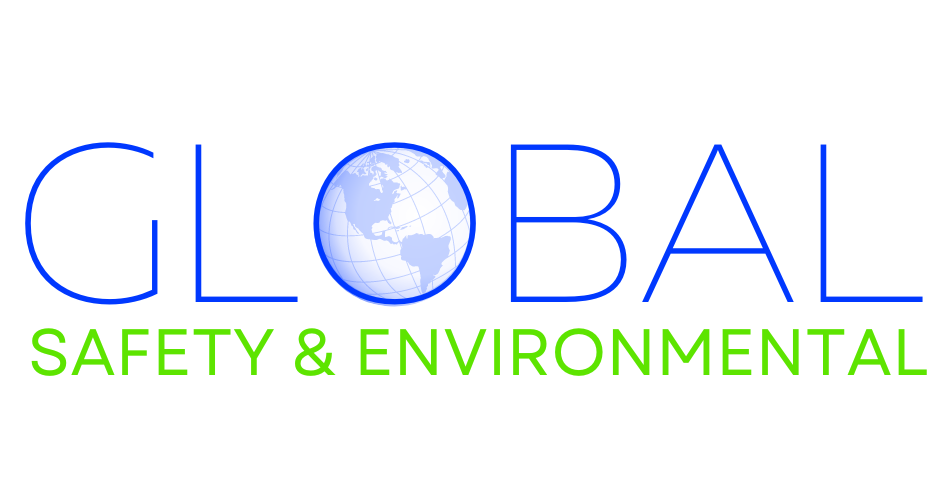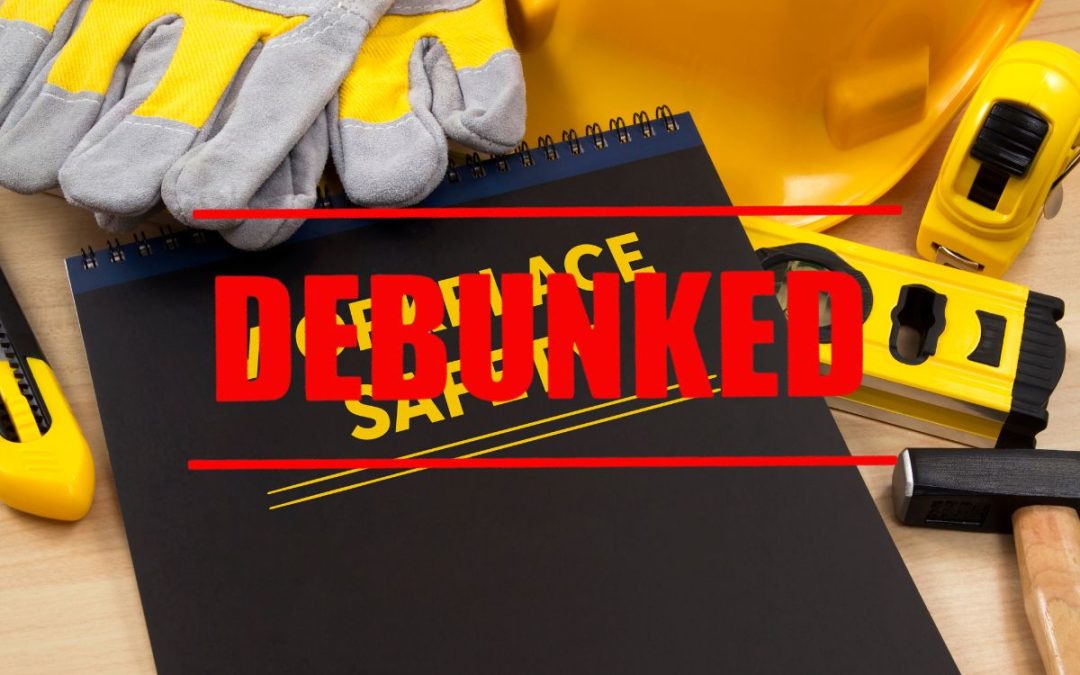Workplace safety isn’t just about hard hats and fire drills. It’s a complex web of regulations, protocols, and common-sense practices that keep employees healthy and businesses thriving. But amidst this web, unfortunately, lurks a tangled mess of misconceptions and misinformation. These “safety myths” can not only create a false sense of security but also actively impede efforts to create a truly safe work environment. So, let’s untangle these myths and set the record straight!
Myth #1: Accidents Just Happen.
The Truth: This fatalistic attitude throws away responsibility and ignores the reality that most accidents are preventable. Every incident has a root cause, whether it’s faulty equipment, inadequate training, or environmental hazards. Focusing on identifying and addressing these root causes, rather than shrugging at them as inevitable mishaps, is the key to preventing future accidents.
Myth #2: PPE is the Ultimate Shield.
The Truth: Personal protective equipment (PPE) plays a crucial role, but it shouldn’t be the first line of defense. Think of it as a last resort. The hierarchy of controls prioritizes eliminating hazards altogether, substituting them with less dangerous alternatives, and implementing engineering controls to minimize exposure. Only after that should PPE come into play as an additional protective layer.
Myth #3: Experienced Workers Don’t Need Training.
The Truth: Experience is valuable, but it’s not a substitute for formal training. Safety regulations and best practices constantly evolve, and even seasoned veterans need to stay updated. Regular training ensures everyone, regardless of experience level, is familiar with current procedures, potential hazards, and emergency protocols.
Myth #4: Reporting Hazards is Snitching.
The Truth: This mentality creates a culture of fear and silence, hindering early detection and prevention of accidents. Reporting hazards, no matter how seemingly trivial, is not tattling but an act of responsibility. It allows management to address potential issues before they escalate into serious incidents.
Myth #5: Safety is Expensive and Inconvenient.
The Truth: While prioritizing safety might require initial investments in equipment, training, and safety protocols, the cost pales in comparison to the financial and human cost of accidents. Lost productivity, legal fees, and medical expenses due to injuries can cripple a business. Investing in safety is truly an investment in the long-term well-being of your employees and your bottom line.
Myth #6: Safety is Just for Dangerous Jobs.
The Truth: Every workplace, regardless of industry, carries potential hazards. From repetitive strain injuries in offices to slips and falls in retail environments, ignoring safety protocols in seemingly “safe” workplaces can lead to serious consequences. A comprehensive safety culture must permeate every level and every corner of an organization.
Myth #7: Mental Health Isn’t Part of Workplace Safety.
The Truth: Mental health impacts physical safety and vice versa. Stress, anxiety, and depression can affect focus, judgement, and decision-making, increasing the risk of accidents. Fostering a supportive work environment that promotes mental well-being through stress management initiatives and employee assistance programs is crucial for overall safety.
Myth #8: Safety Rules Stifle Productivity.
The Truth: The opposite is actually true. A safe environment with clear protocols and trained employees leads to increased efficiency and reduced downtime due to injuries. When individuals feel safe and secure, they’re more confident, focused, and productive.
Myth #9: Safety is a One-Time Effort.
The Truth: Maintaining a safe workplace is an ongoing process. Regulations evolve, technologies change, and hazards can emerge unexpectedly. Continuous improvements through regular risk assessments, safety audits, and employee feedback are essential to keep pace with evolving risks and ensure an ever-improving safety culture.
Myth #10: Size Doesn’t Matter in Workplace Safety.
The Truth: Just because you have a small team or operate in a seemingly low-risk environment doesn’t mean you can ignore safety precautions. Even minor incidents can have devastating consequences for individuals and businesses. Every workplace, regardless of size, has a responsibility to implement and enforce basic safety measures and provide adequate training for its employees.
Debunking these myths is just the first step. Building a truly safe workplace requires a proactive approach, open communication, and a shared commitment to safety at all levels. Remember, safety isn’t just a set of rules or a box to tick; it’s a cultural imperative that prioritizes the well-being of every individual and the collective success of the organization. Let’s dispel the myths, embrace responsible practices, and build workplaces where everyone thrives, safe and sound.

